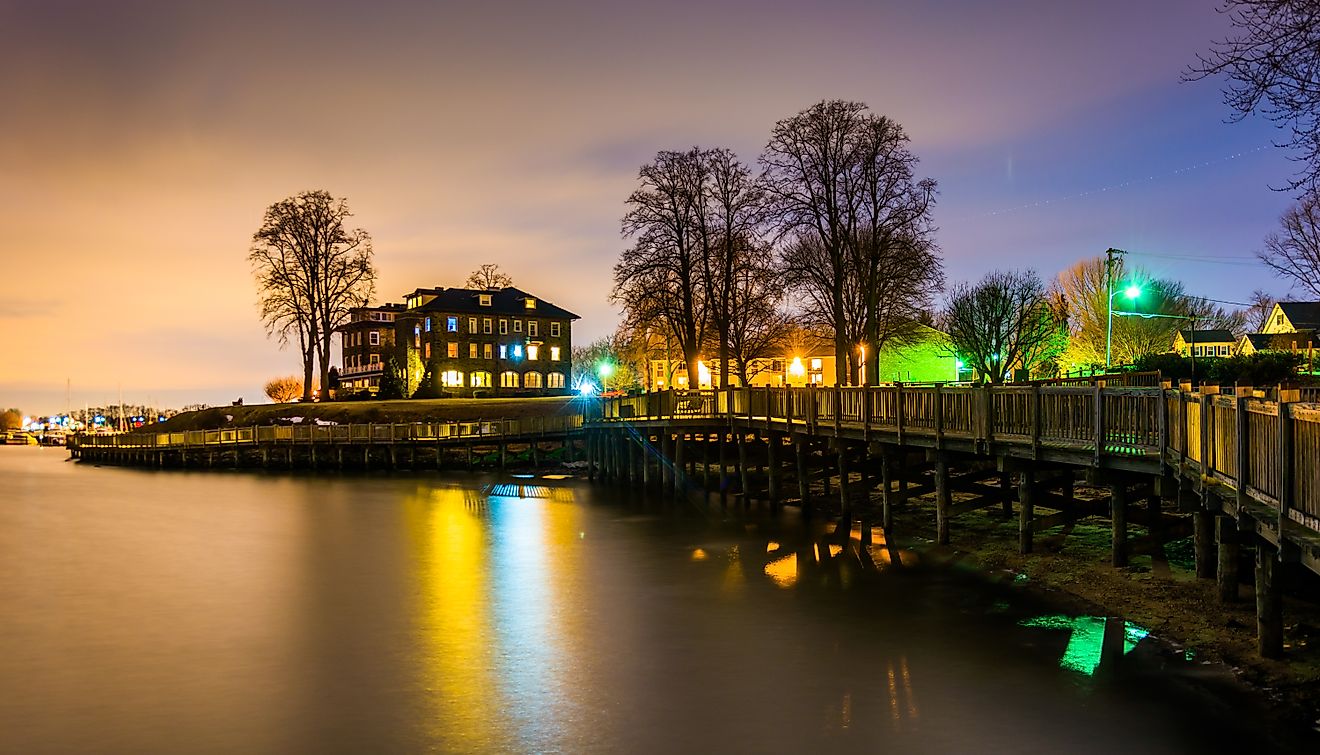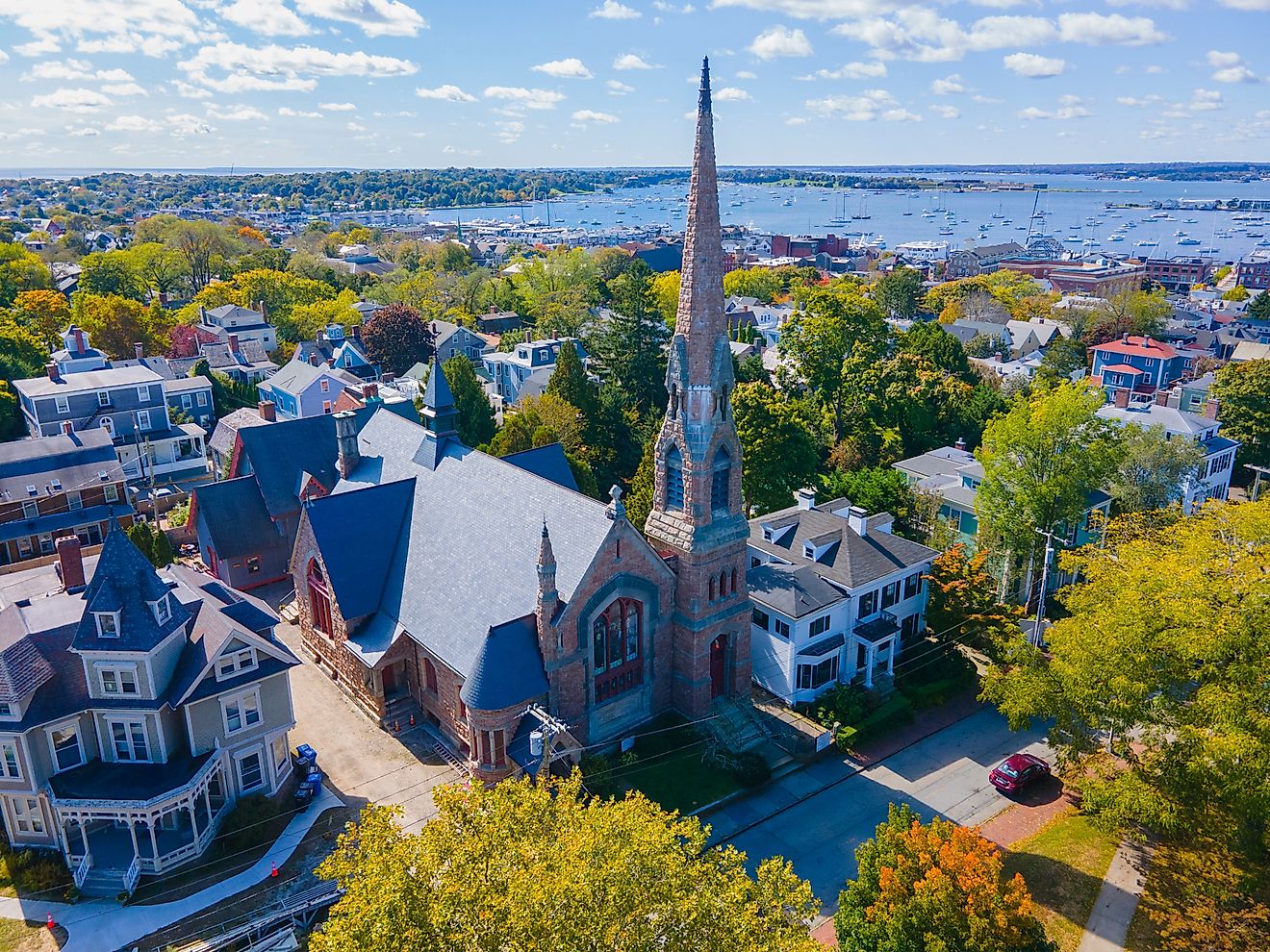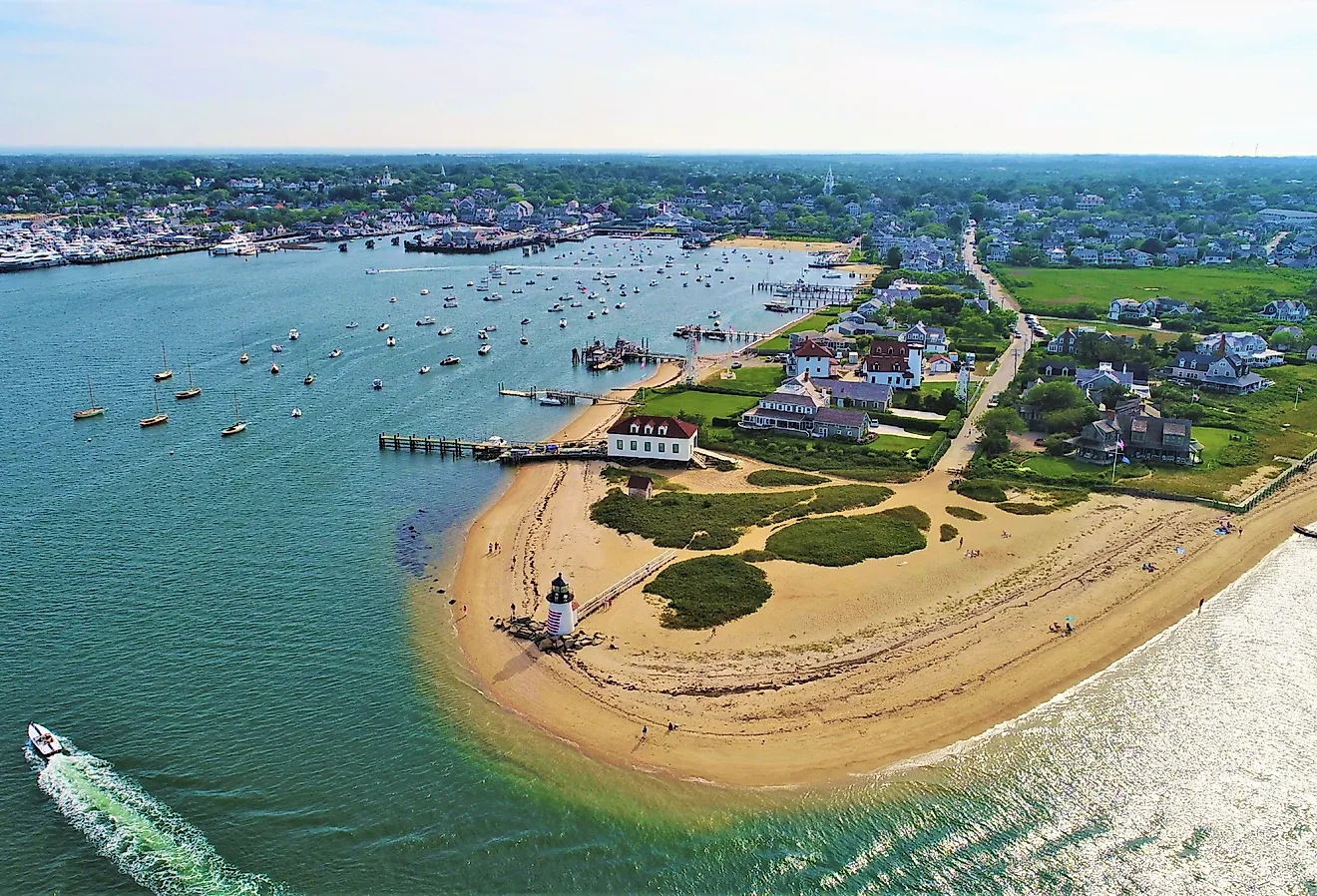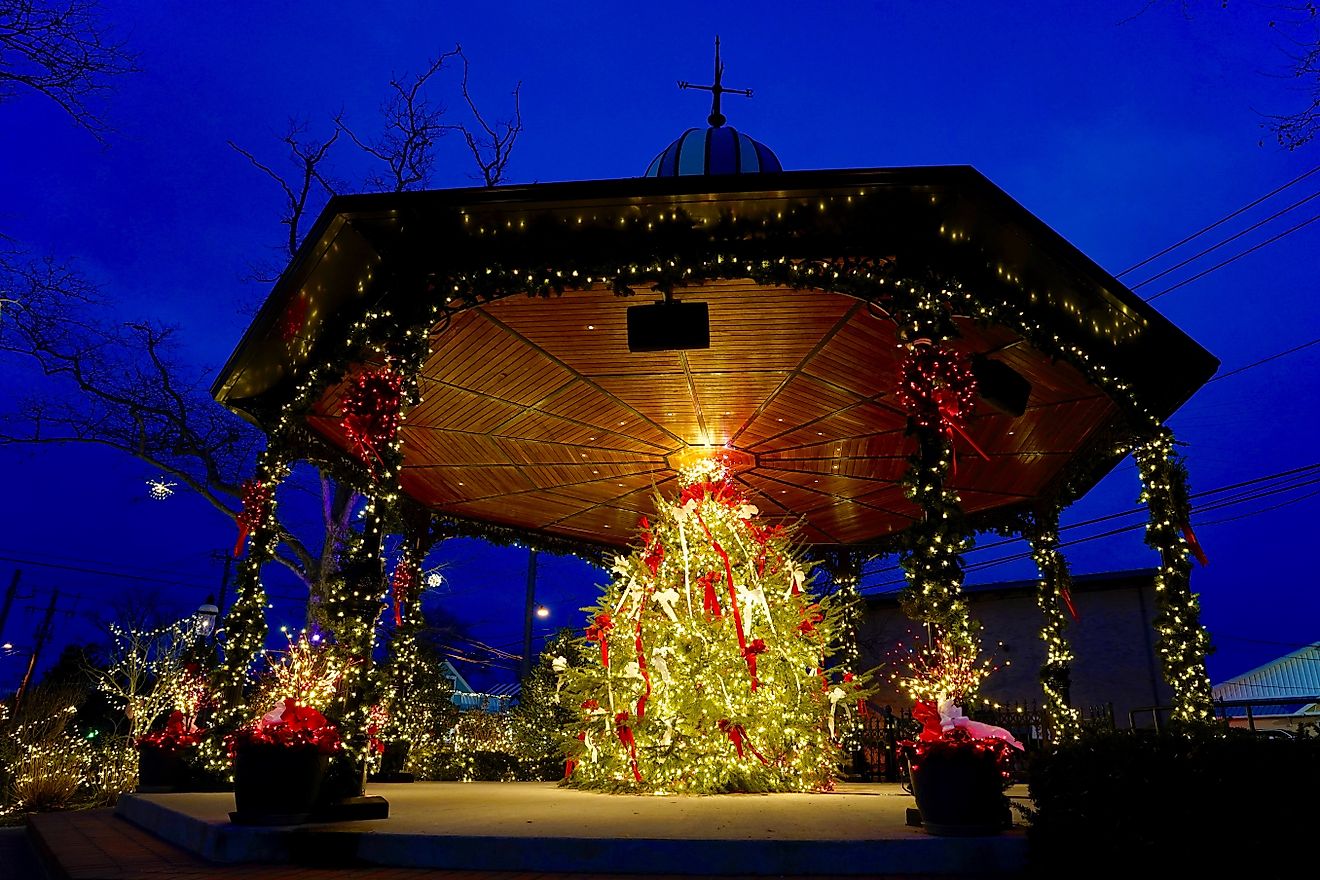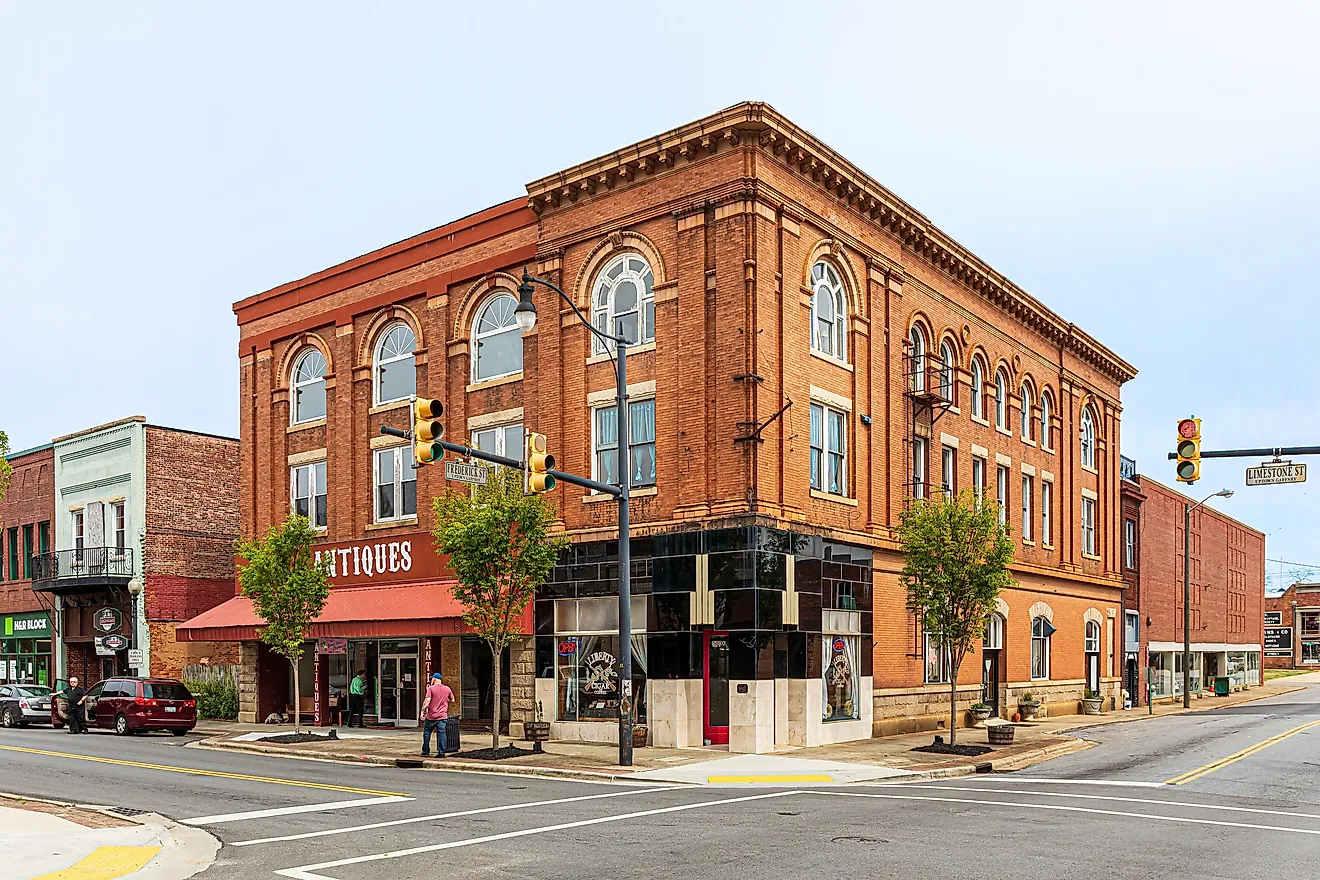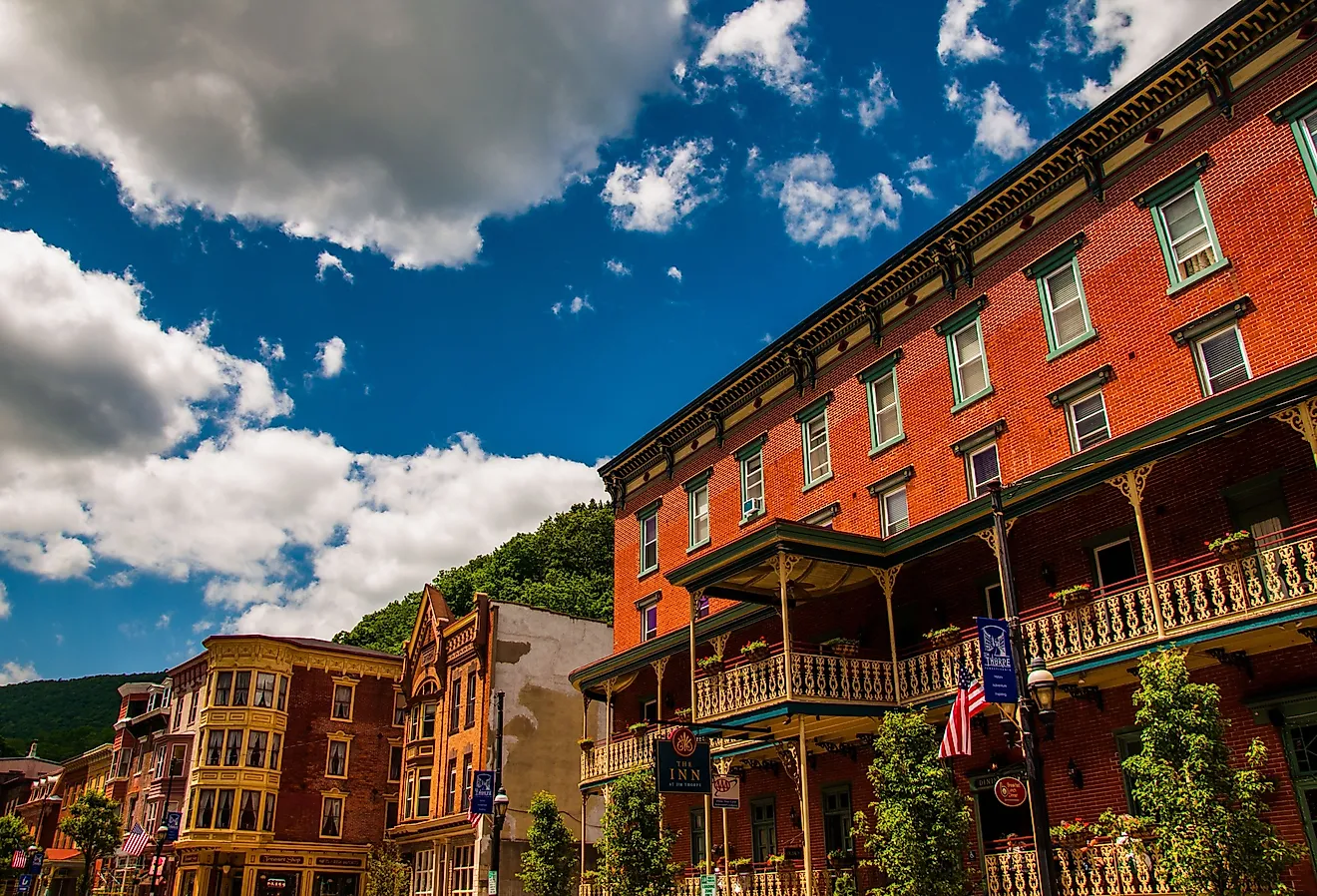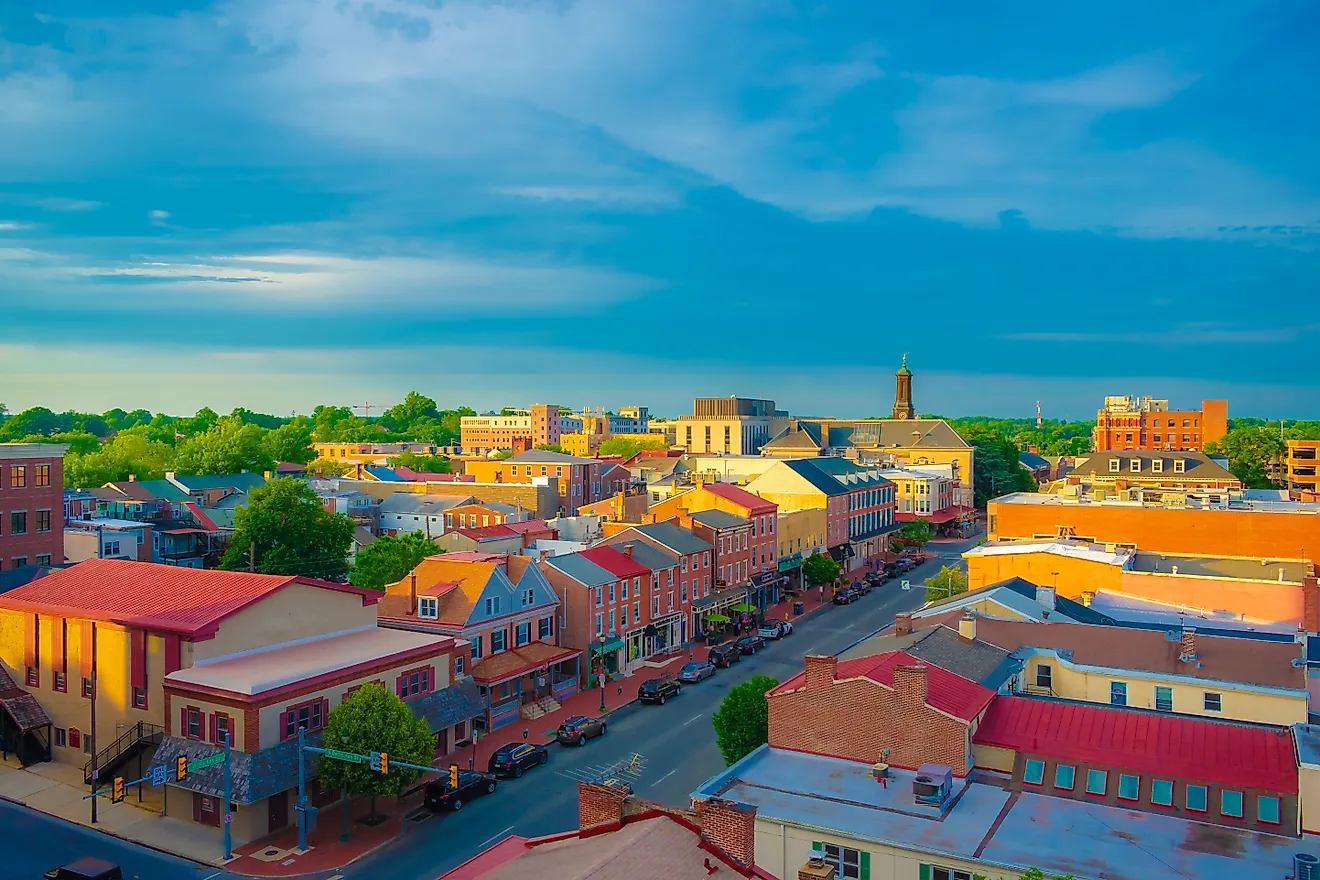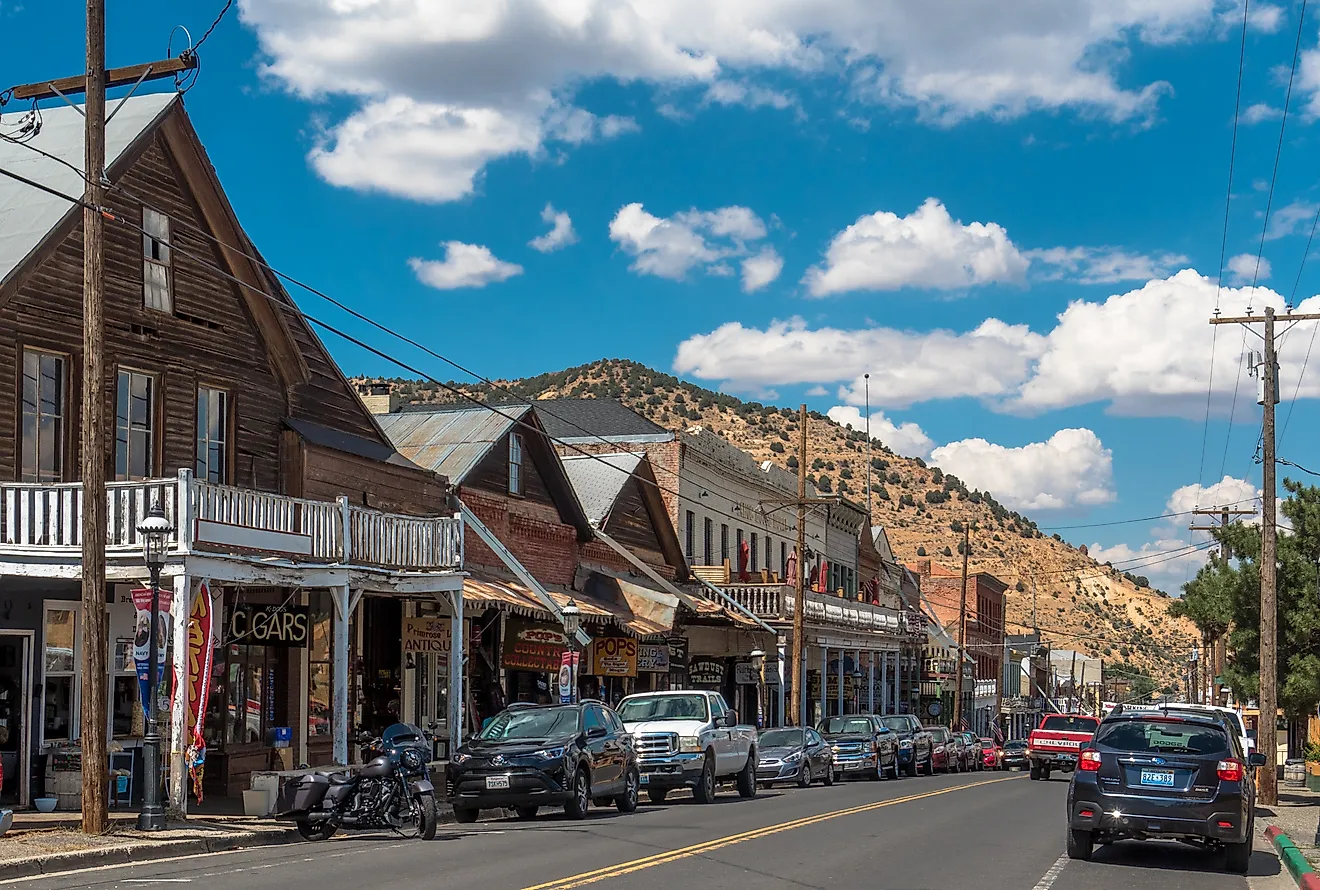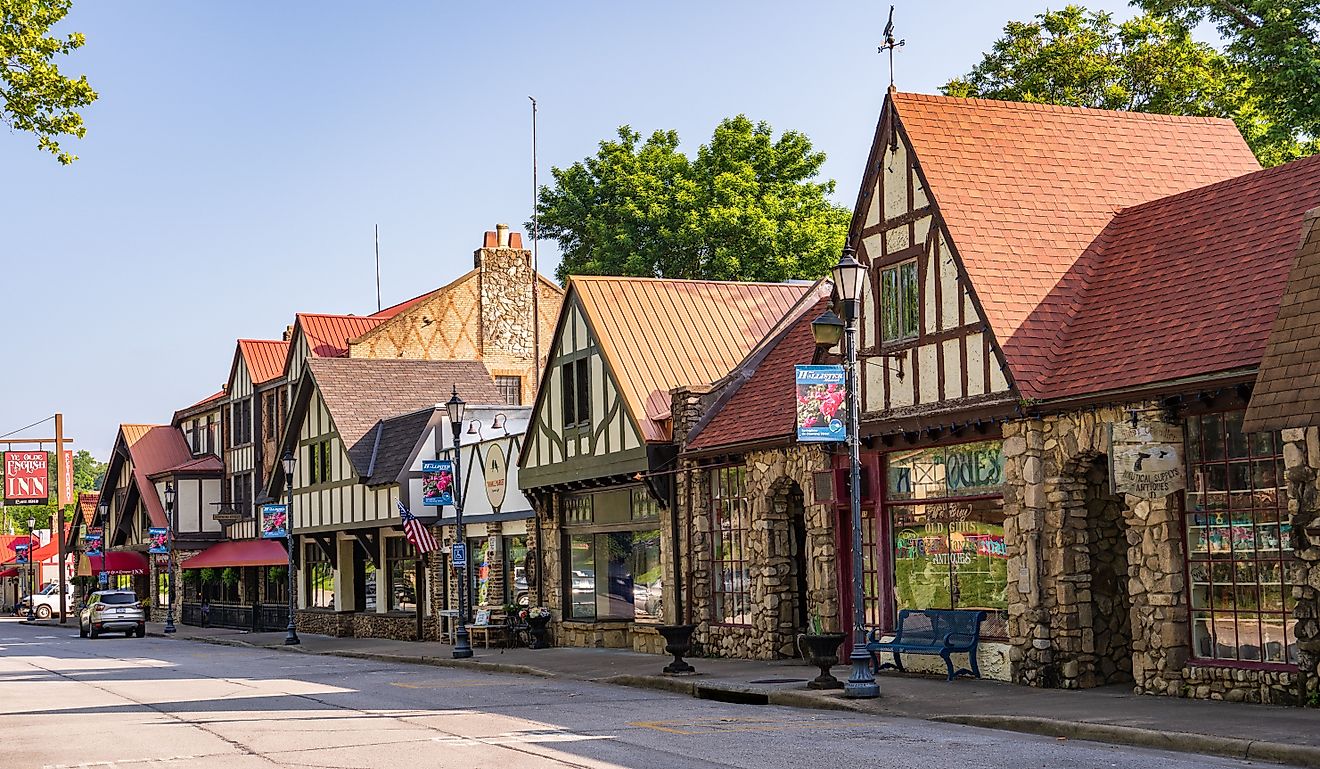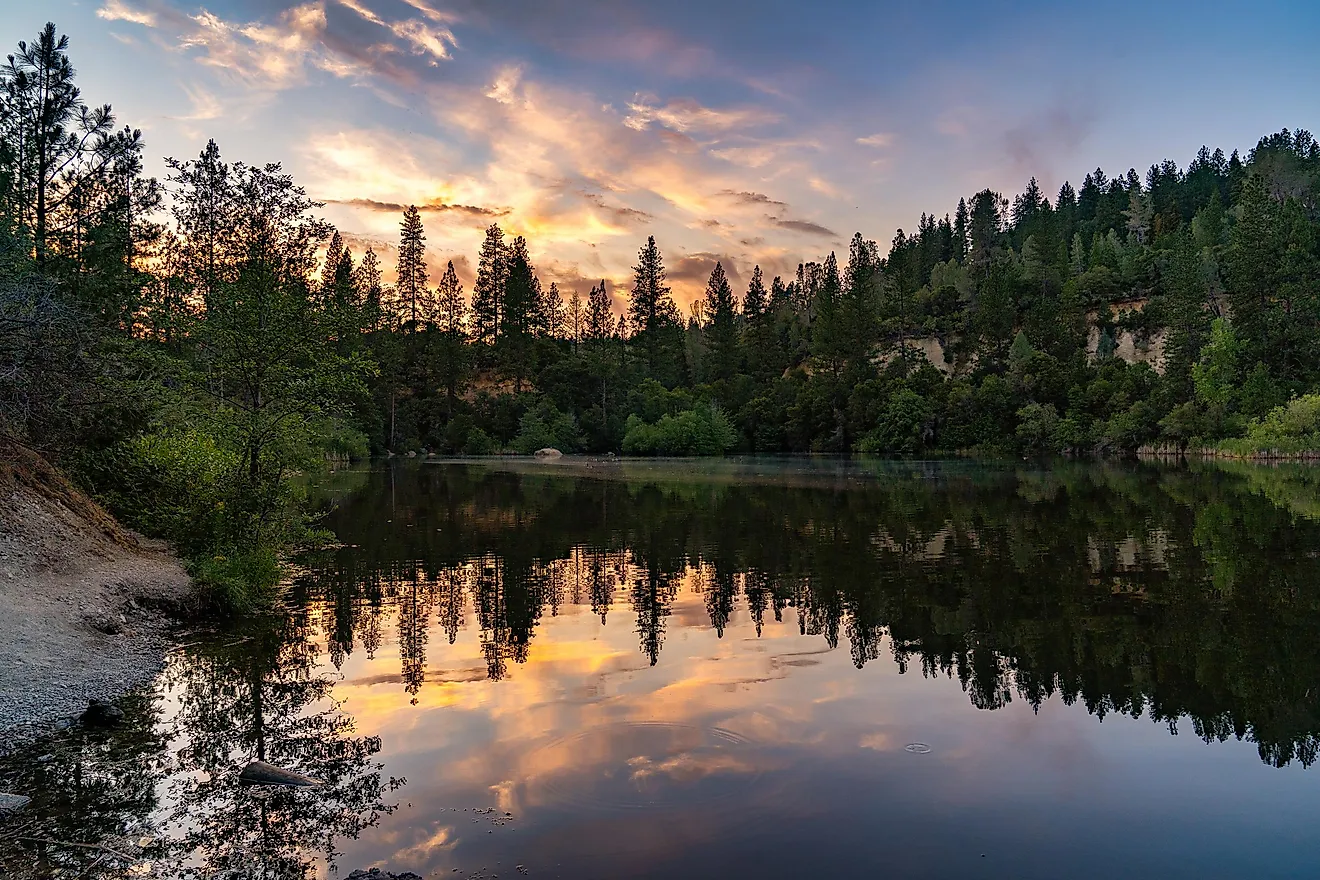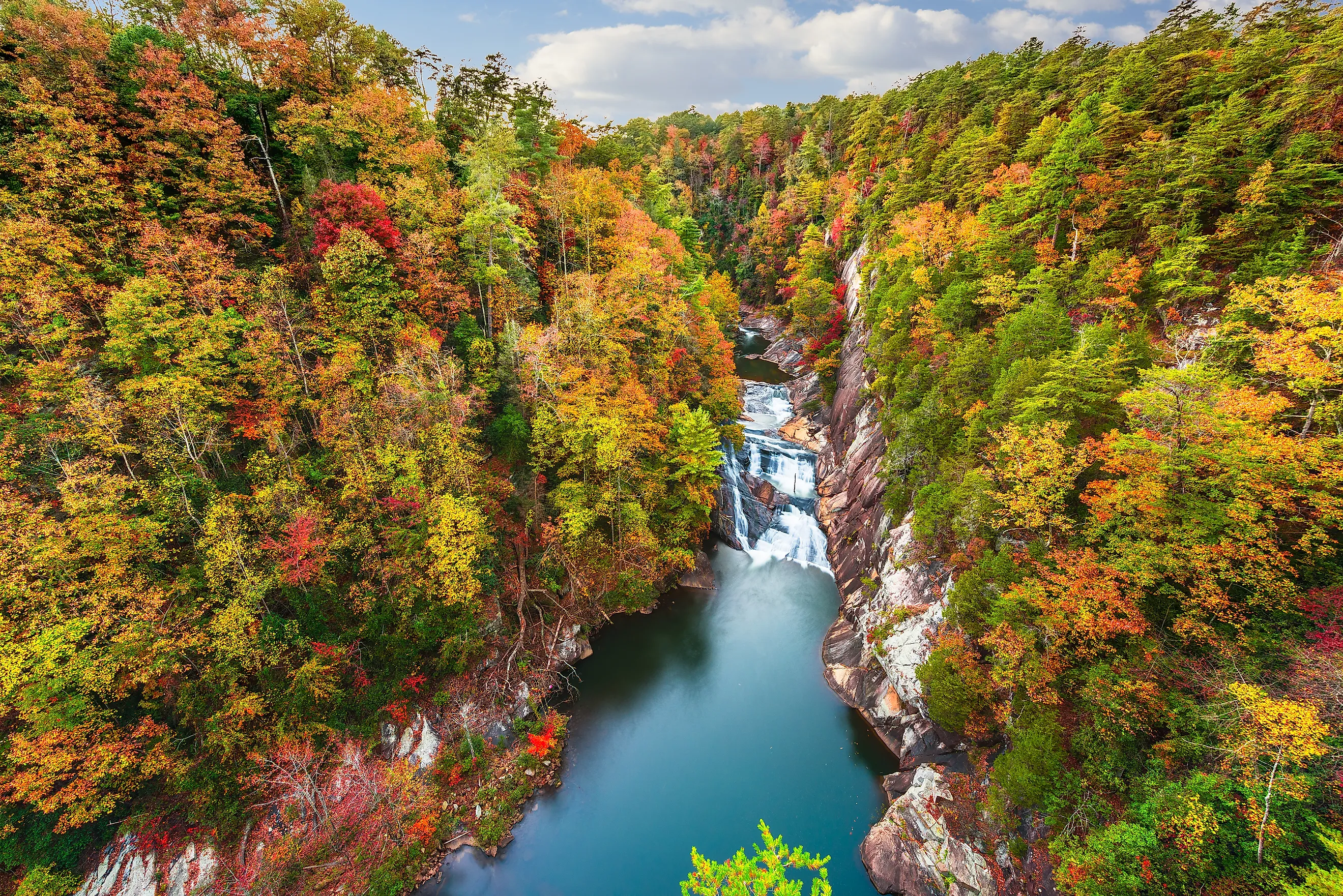
5 Best Natural Wonders To Visit In Georgia This Year
Georgia is full of natural beauty, from dramatic canyons and powerful waterfalls to peaceful swamps and mountain views. Each place shows off a different side of the state, whether it is hiking along cliffs, paddling through quiet waters, or enjoying sweeping overlooks. No matter the season, these wonders have something special to see and experience. Here are five of the best natural wonders to explore in Georgia this year.
Providence Canyon State Park
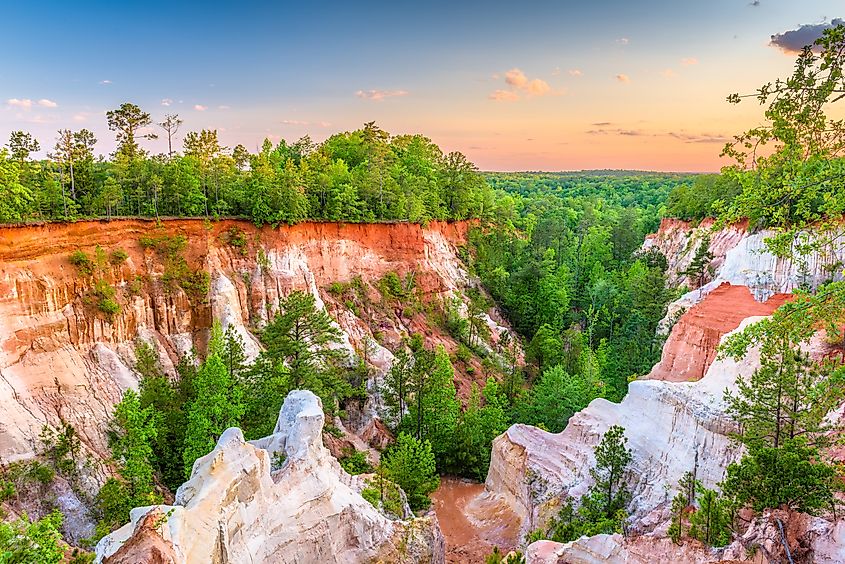
Providence Canyon State Outdoor Recreation Area in Stewart County spans more than 1,000 acres and is often called Georgia’s “Little Grand Canyon.” Recognized as one of the Seven Natural Wonders of Georgia, its deep gullies—some reaching over 150 feet—were largely shaped by poor farming practices in the 19th century, though natural forces also played a role. The striking layers of clay, loam, and sand create vivid walls of color, while the rare plumleaf azalea blooms here, adding to the park’s uniqueness.
Beyond its dramatic landscapes, Providence Canyon holds traces of history. Visitors can explore an abandoned homestead where nearly a dozen rusting vehicles from the 1950s remain untouched, preserved to prevent further environmental damage. The canyons, first mentioned in records as early as 1836, sit on marine sediments that drain well, with water often seeping through exposed clay. The best time to explore is late spring (April-May) and fall (September-October), when cooler weather and vivid seasonal colors make the experience even more striking.
Tallulah Gorge
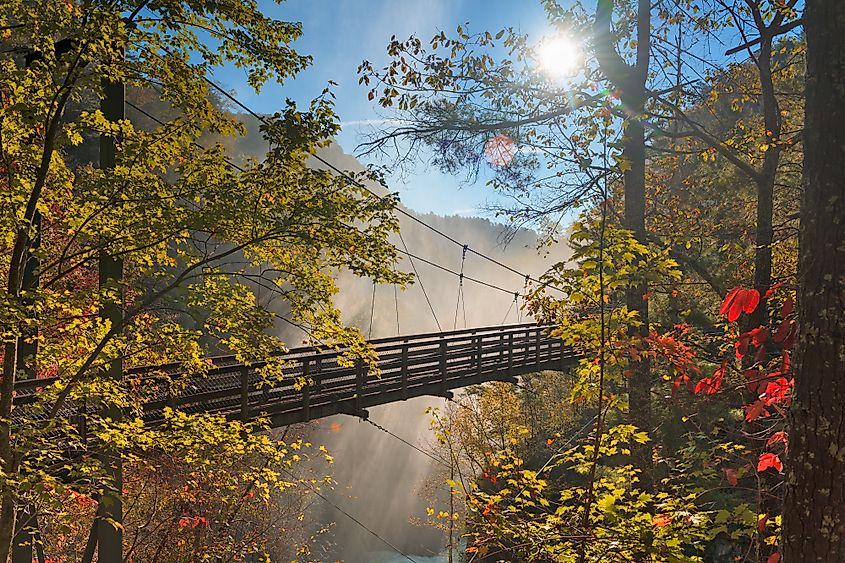
Tallulah Gorge, carved by the Tallulah River through the Tallulah Dome, is one of Georgia’s most dramatic natural wonders. Nearly two miles long and close to 1,000 feet deep, this canyon in the southern Appalachian Mountains has drawn visitors since the 19th century. Protected today by Tallulah Gorge State Park, the area showcases striking waterfalls, rugged cliffs, and diverse ecosystems. Rare plants like the persistent trillium thrive here, while Tallulah Falls Lake, created by a hydroelectric dam in 1913, lies just above the gorge. On select days when water is released, kayakers and whitewater rafters flock to the river for an exhilarating ride.
Once North Georgia’s premier tourist attraction, Tallulah Gorge has a colorful history that includes tightrope walks, bustling resort hotels, and early conservation battles. The towering quartzite and schist walls reflect millions of years of geologic forces, offering breathtaking views from every angle. The best time to visit is autumn, when brilliant foliage frames the gorge in fiery seasonal hues.
Amicalola Falls State Park
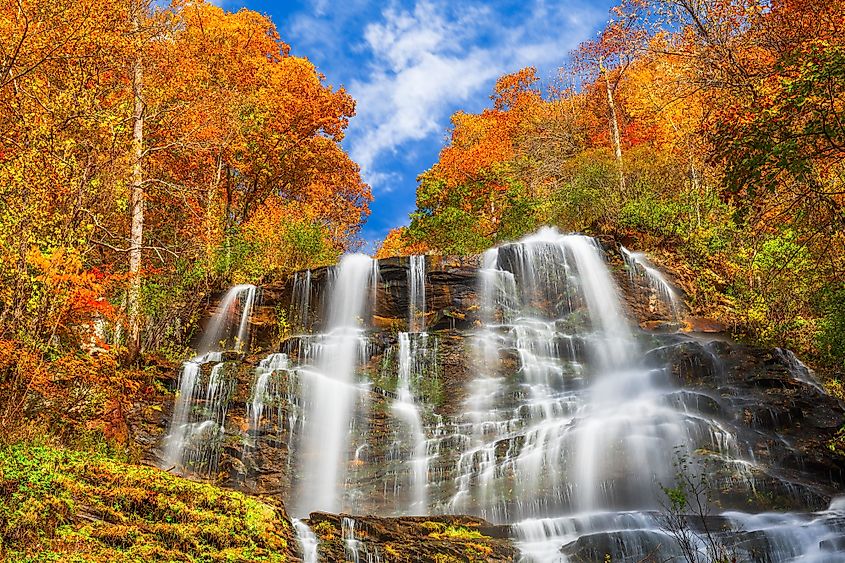
Amicalola Falls State Park & Lodge in Dawsonville spans 829 acres of rugged mountain terrain between Ellijay and Dahlonega. Its centerpiece, Amicalola Falls, plunges 729 feet, making it the tallest waterfall in Georgia and one of the state’s Seven Natural Wonders. The Cherokee once called this place Um-ma-eolola, or “tumbling waters,” and their history remains deeply tied to the land. In 1832, the Treaty of New Echota forced the Cherokee westward along the Trail of Tears, though some stayed in the surrounding mountains. The first written account of the falls came in the 1830s, when explorer William Williamson described its grandeur in awe-filled detail.
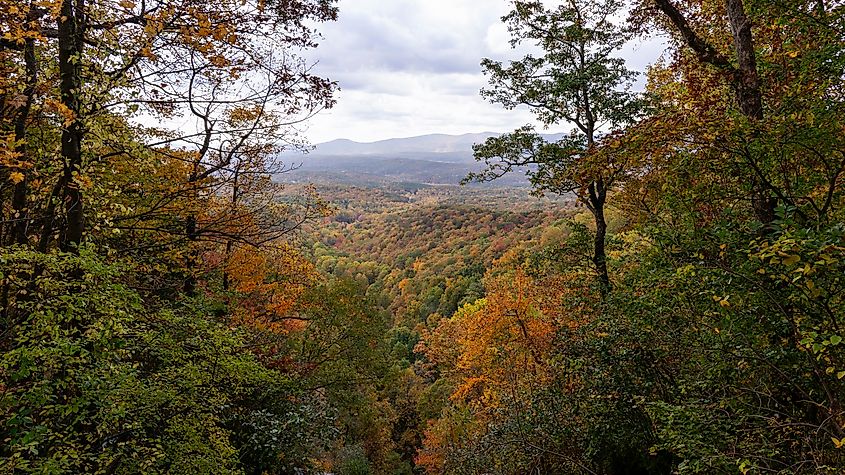
Today, the park serves as a gateway to the Appalachian Trail, with an 8-mile approach leading hikers to Springer Mountain. Trails of varying lengths wind through forested slopes, offering views of the cascading water. Visitors can stay at the lodge, cabins, or campgrounds, or trek to the eco-friendly Len Foote Hike Inn. The best time to explore is in spring and fall, when cooler weather and vibrant colors highlight the tumbling waters.
Okefenokee Swamp
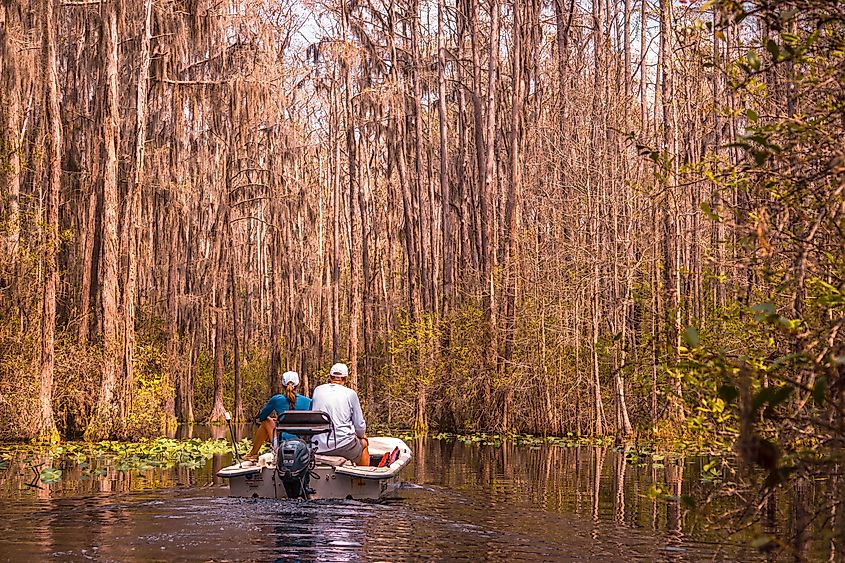
The Okefenokee Swamp, stretching across 438,000 acres along the Georgia-Florida line, is the largest blackwater swamp in North America and one of Georgia’s Seven Natural Wonders. This peat-filled wetland, protected largely by the Okefenokee National Wildlife Refuge and Wilderness, is a remarkable ecosystem shaped over 6,500 years. The Suwannee and St. Marys rivers both rise here, flowing in opposite directions toward the Gulf of Mexico and the Atlantic. Named from a Hitchiti term likely meaning “bubbling water,” the swamp features bald cypress, tupelo trees, and rare carnivorous plants, while serving as home to countless bird species, reptiles, amphibians, and the Florida black bear.
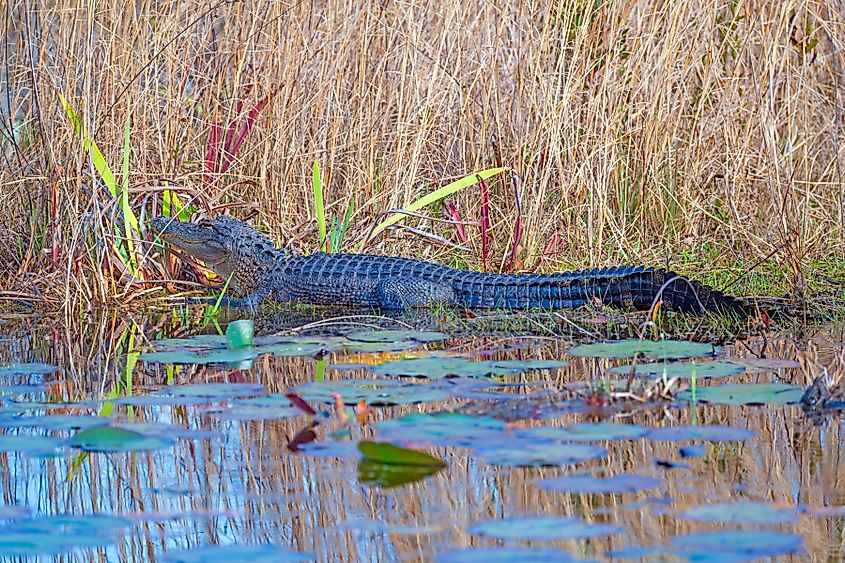
Rich in human history, the swamp was once inhabited by the Timucua-speaking Oconi people and later became a site of extensive cypress logging. Today, it draws over 600,000 visitors annually through multiple entrances, offering a chance to explore its wilderness by boat or trail. Best explored in spring or fall, the Okefenokee remains a natural and cultural treasure.
Cloudland Canyon State Park
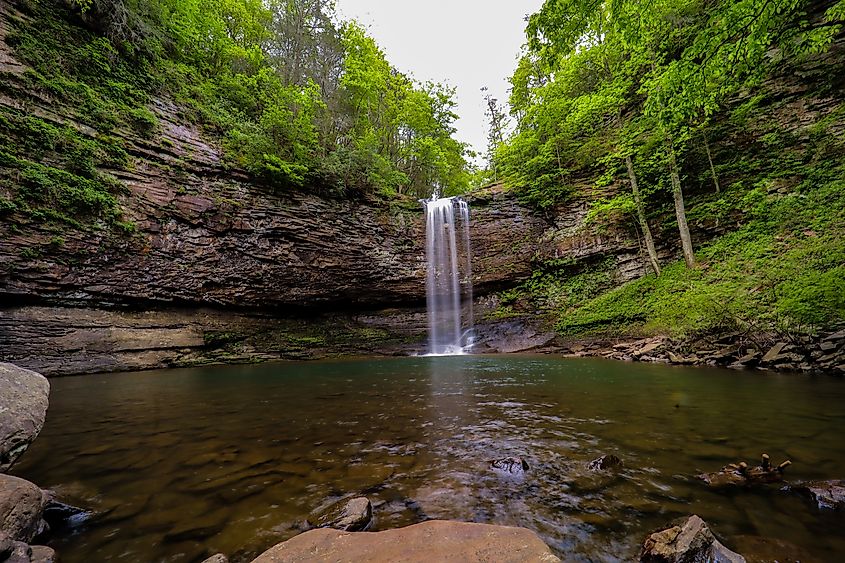
Cloudland Canyon State Park, covering 3,485 acres on the western edge of Lookout Mountain near Trenton, is among Georgia’s most dramatic natural landscapes. Carved by Sitton Gulch Creek, the canyon plunges more than 1,000 feet, revealing sandstone cliffs, shale layers, and fossil-rich limestone at its base. Visitors can enjoy sweeping views from the rim before descending into the gorge, where waterfalls like Cherokee Falls and Hemlock Falls tumble into clear pools. The park’s striking geology, formed by tectonic uplift and erosion over millions of years, makes it a prime destination for nature lovers.
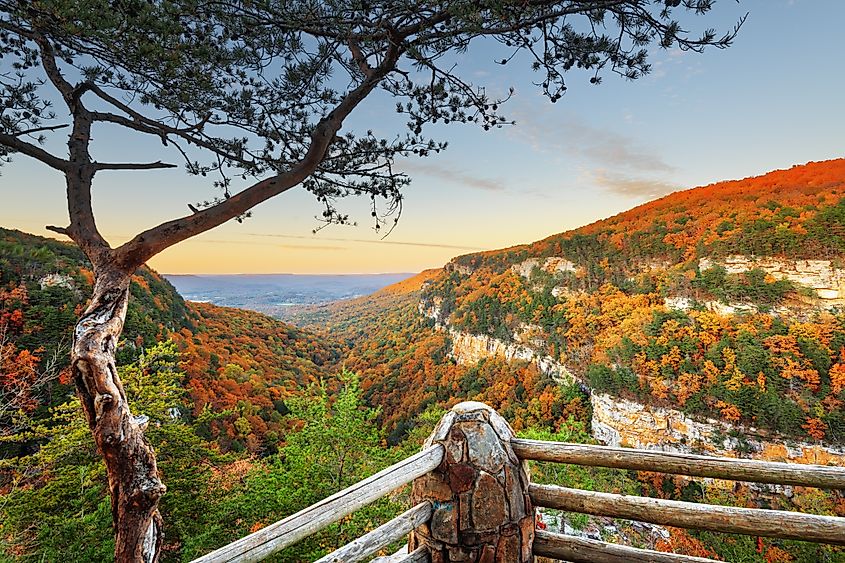
Established in 1939 after land purchases and work by the Civilian Conservation Corps, the park has grown from its original 1,924 acres to its present size. Today, it offers an array of trails, from the strenuous Waterfalls Trail with its 600 steps to the scenic West Rim Loop and secluded Backcountry sites. With camping, cottages, picnic areas, and annual events, Cloudland Canyon blends rugged beauty with rich outdoor recreation. The best time to visit is in the Fall for crisp air, colorful foliage, and perfect hiking conditions.
Discover Georgia’s Wonders, One Landscape At A Time
Georgia’s natural wonders give a glimpse into the state’s incredible beauty and diversity—from the painted gullies of Providence Canyon to the thundering drop of Amicalola Falls, the vast wetlands of the Okefenokee, the soaring cliffs of Tallulah Gorge, and the rugged depths of Cloudland Canyon. Each place tells its own story of history, geology, and ecology, inviting exploration in every season. For those seeking breathtaking landscapes and unforgettable adventures, these five destinations promise an experience worth the journey.

